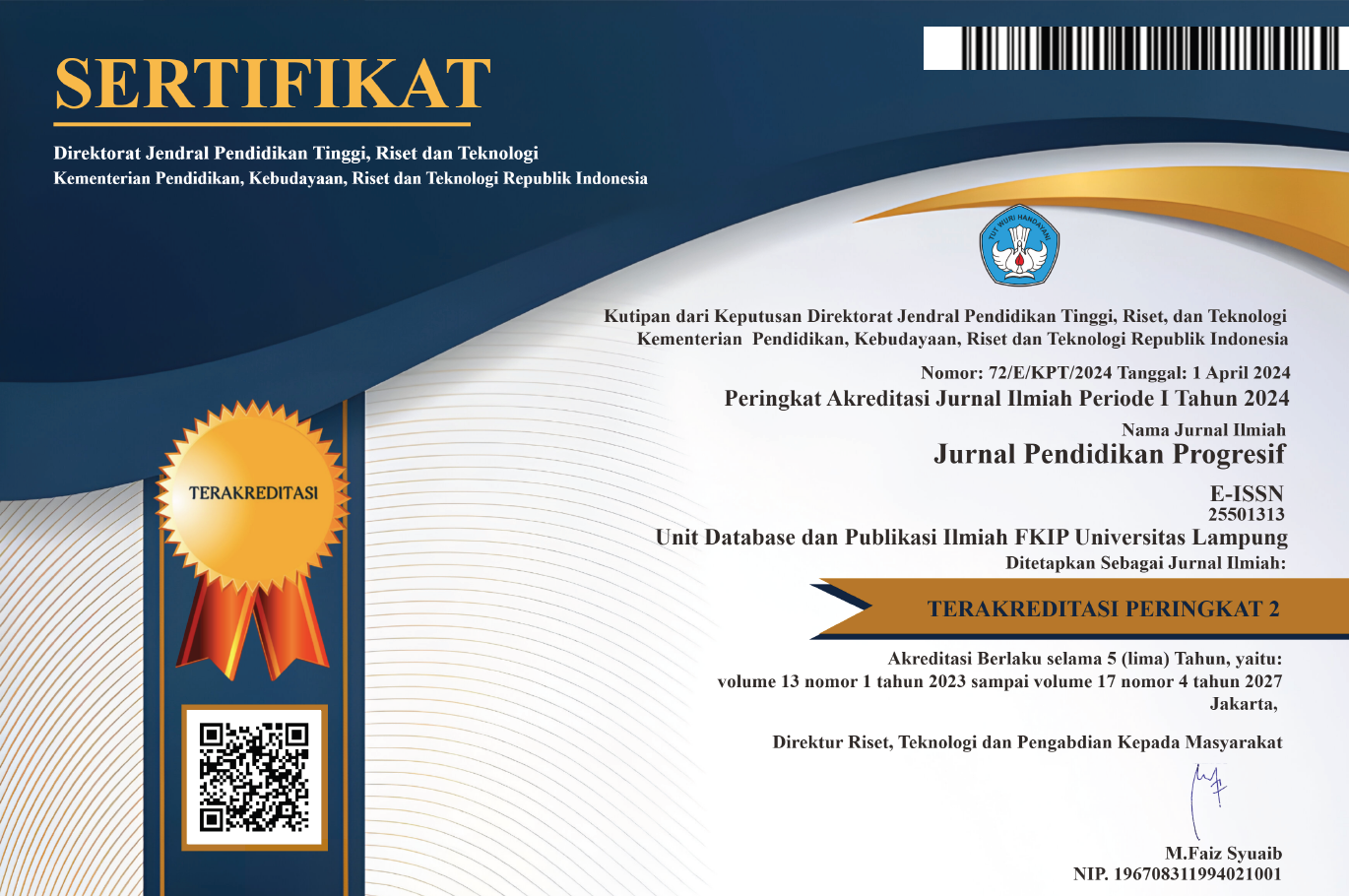21st Century Skills of Students in a Technical Vocational Education and Training Institution in the Philippines
| Metrics→ |
| Indexing Site→ |
Copyright (c) 2019 Joseph Christian P Oliquino
21st Century Skills of Students in a Technical Vocational Education and Training Institution in the Philippines. Objectives: This study aims to assess the 21st Century Skills of Students in a Technical Vocational Education and Training (TVET) Institution in the Philippines. Methods: The descriptive method was used to describe the characteristics and the competency level of 21st century skills of sixty-eight TVET students enrolled in the first semester school year 2019-2020 at Camarines Sur Insitute of Fisheries and Marine Sciences, Philippines. A comparative method was used to analyze the similarities and differences of skills. The percentage, ranking, average weighted mean, and one-way ANOVA were used for statistical analysis in determining the interpretation based on the 4-point Likert’s rating scale used. Findings: The study reveals that the overall level of competency of 21st century skills of TVET Students is 3.081 interpreted as moderately competent which implies that the students can apply their skills in simple situations. Conclusion: TVET Students in Philippines possess the 21st century skills.
Keywords: 21st Century Skills, TVET Students, descriptive and comparative analysis.
Technical Education and Skills Development Act of 1994 (Republic Act 7796). Retrieved from www.tesda.gov.ph
Technical Education and Skills Development Authority. (2018). Typology of Public and Private Technical Vocational Institutions. Taguig City, Philippines: TESDA.
Technical Education and Skills Development Authority. (2017). Pilot Implementation of the Expanded Basic Competencies Integrated with the 21st Century Skills. Taguig City, Philippines: TESDA.
World Economic Forum. (2016). Human Capital Report 2016. Retrieved from http://www.weforum.org/docs/HCR2016_Main_Report.pdf
University of Bradford Union of Students. (2017, November 26). Life Skills. Student Central, University of Bradford, Richmond Road, Bradford, BD& 1DP. Retrieved from https://www.bradfordunisu.co.uk/skills/life-skills
Dunne, E., Bennet, N., & Carré, C. (2000). Skill development in higher education and employment. In: Coffield, F. (Ed.), Differing visions of a learning society: Research findings, Volume I. The Policy Press & ESRC.
Treleaven, L., & Voola, R. (2008). Integrating the development of graduate attributes through constructive alignment. Journal of Marketing Education, 20, 160–173.
Freeman, M., Hancock, P., Simpson, L., Sykes, C., Petocz, P., Densten, I., & Gibson, K. (2008). Business as usual. ABDC Scoping Report.
Holmes, L. (2001). Reconsidering graduate employability: The ‘graduate identity’ approach. Quality in Higher Education, 7(2), 111–119.
Wellman, N. (2010). The employability attributes required of new marketing graduates. Marketing Intelligence and Planning, 28(7), 908–930. http://dx.doi.org/10.1108/02634501011086490
Toland, A. (2011). The STEM Employability Skills Review. The National HE STEM Programme, University of Birmingham, Edgbaston, Birmingham.
Dunne, E. J., & Rawlins, M. (2000). Bridging the gap between industry and higher education: Training academics to promote student teamwork. Innovations in Education and Training International, 37(4), 361–371.
Yorke, M. (2001). Employability in the first cycle higher education. A working paper for the ‘Skills Plus’ Project. Liverpool John Moores University.
Dearing, R. (1997). Higher Education in the Learning Society. Report of the National Committee of Inquiry into Higher Education. HMSO, Norwich.
Harvey, L. (2000). New realities: The relationship between higher education and employment. Tertiary Education and Management, 6, 3–17.
Finch, D. F., Hamilton, L. K., Riley, B., & Zehner, M. (2013). An exploratory study of factors affecting undergraduate employability. Education + Training, 55(7), 681–701.
Cotton, K. (1993). Developing employability skills. Retrieved April 2005 from Northwest Regional Educational Laboratory website: http://www.nwrel.org/scpd/sirs/8/c015.html
Harvey, L. (2010). Defining and measuring employability. Quality in Higher Education, 7(2), 97–109. http://dx.doi.org/10.1080/13538320120059990
Harvey, L., Plimmer, L., Moon, S., & Geall, V. (1997). Student Satisfaction Manual. Buckingham: Open University Press.
Ball, L. (2003). Future directions for employability research in the creative industries. Retrieved May 10, 2008 from http://www.adm.heacademy.ac.uk/resources/resources-by-topic/employability/future-directions-for-employability-research-in-the-creative-industries
Davies, L. (2000). Why kick the ‘L’ out of ‘Learning’? The development of students’ employability skills through part-time working. Education + Training, 42, 436–444.
Raybould, J., & Sheedy, V. (2005). Are graduates equipped with the right skills in the employability stakes? Industrial and Commercial Training, 37(5), 259–263.
Rosenberg, S., Heimler, R., & Morote, E.-S. (2012). Basic employability skills: A triangular design approach. Education + Training, 54(1), 7–20.
Refbacks
- There are currently no refbacks.

This work is licensed under a Creative Commons Attribution-ShareAlike 4.0 International License.
View My Stats



 Country:
Country: